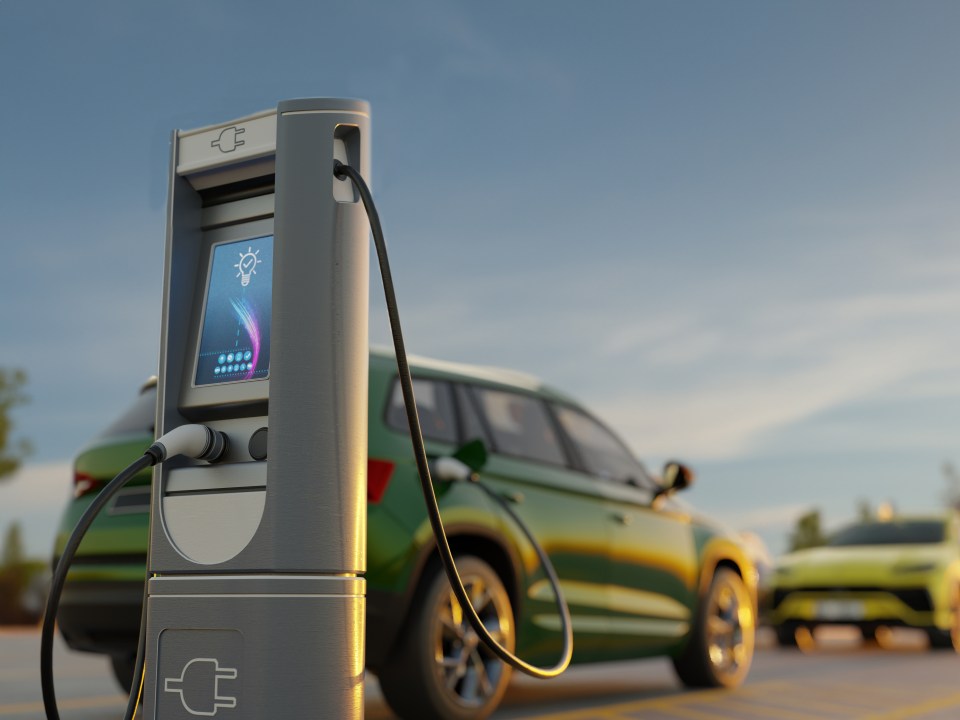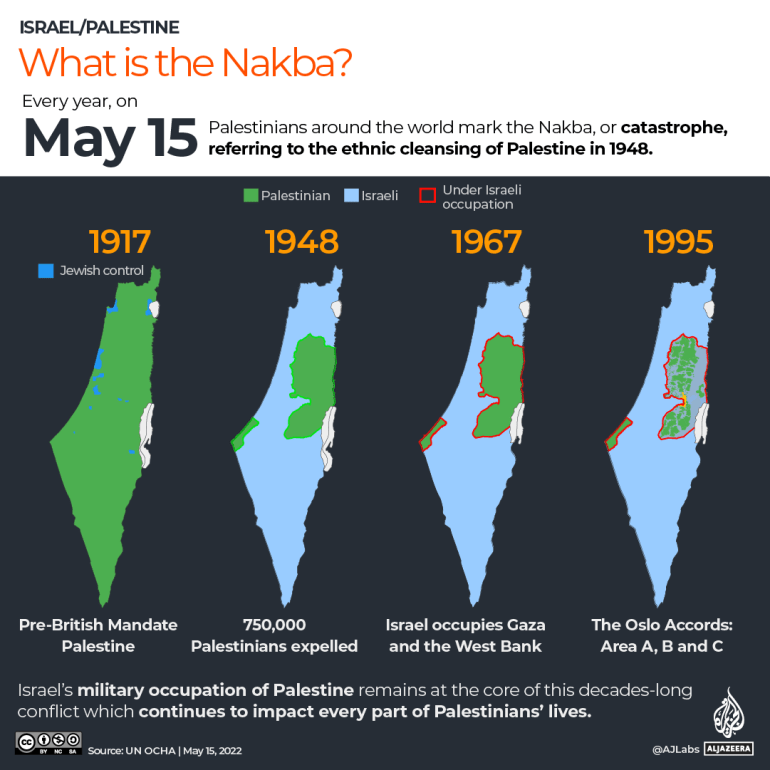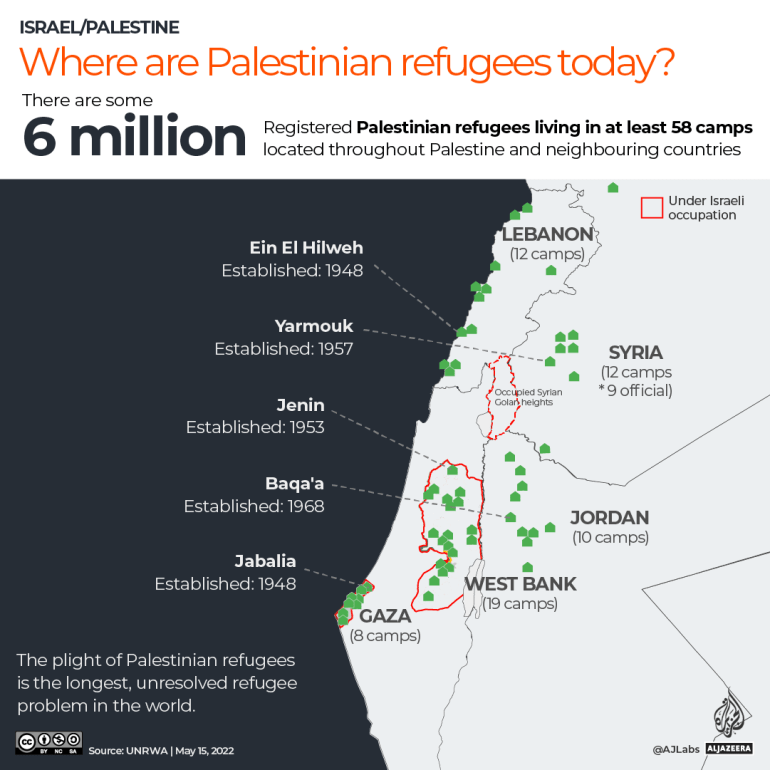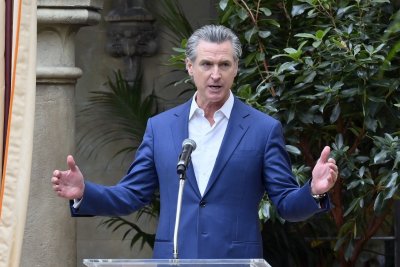UK cities with slowest charging times and lowest number of EVs revealed – don’t get caught out when driving your motor
THE BRITISH cities with the worst availability and speed of electric vehicle charging have been revealed in new research.
More and more people are making the switch to EVs each passing year, but access to charging infrastructure continues to be a key concern for motorists.
Cost, speed and access to EV chargers can vary vastly from region to region across the country.
But new data from Available Car has shed light on exactly which cities are the best and worst to drive an electric vehicle.
Researchers looked at the number of charging points per 10,000 people within a five mile radius of city centres.
They also noted the average cost and time it takes to charge half an EV battery.
The data examines 53 major cities across the UK, excluding London.
Liverpool was found to be the city with the lowest number of chargers, with just two chargers per 100,000 people within a five mile radius of the city centre.
Newcastle barely did better at 2.4 chargers per 100,000, while Bradford and Leeds followed up with 2.6 each.
10 cities with the fewest EV chargers
The following 10 cities have the fewest number of EV chargers per 100,000 people within a five mile radius of the city centre according to Available Car:
- Liverpool – 2.0
- Newcastle-upon-Tyne – 2.4
- Bradford – 2.6
- Leeds – 2.6
- Sheffield – 3.0
- Bristol – 3.4
- Birmingham – 3.5
- Southend-on-sea – 3.8
- Durham – 4.0
- Canterbury – 4.5
Smaller cities boasted far better numbers in the EV charging accessibility ranking.
Ripon was the city with the highest number of chargers per 100,000 at 63.1 – far ahead of second placed Salisbury at 43.7.
But simply finding a charger isn’t the only issue EV owners face.
Available Car’s data also highlighted a major regional disparity in the time it takes to charge half a battery.
Leicester is the city found to have the slowest EV charging times – taking an average of 8.25 hours to get to half charge.
Available Car’s report reads: “The city’s slower charging infrastructure highlights the need for investment in faster chargers to support the growing demand for electric vehicles.
“Without quicker charging options, Leicester may face challenges in encouraging more drivers to switch to electric.”
But Leicester EV drivers have some solace – as the survey also found it to cheapest city to charge your car, where a half full battery would cost an average of £12.60.
10 cities with the slowest EV charging time
The following cities have the slowest average time to charge an EV according to Available Car:
- Leicester – 8.25 hours
- Brighton & Hove – 6.24 hours
- Portsmouth – 5.67 hours
- Coventry – 5.45 hours
- Oxford – 4.65 hours
- York – 4.58 hours
- Bath – 4.54 hours
- Leeds – 4.51 hours
- Manchester – 4.46 hours
- Norwich – 4.28 hours
Brighton & Hove and Portsmouth followed Leicester as the next slowest for charging, 6.24 and 5.67 hours respectively.
Wakefield recorded the speediest charge of the cities surveyed, taking an average of just 0.8 hours.
The researchers used a Tesla Model Y as the benchmark vehicle when gathering the data.
Their report adds: “Making the switch to an electric vehicle (EV) should be an exciting step towards greener, more sustainable driving.
“However, one of the biggest barriers preventing drivers from switching from petrol or diesel to electric vehicles is having to rely on their local charging infrastructure, particularly the time it takes to charge and the cost involved.
“Unlike petrol and diesel drivers, EV owners must navigate the UK’s charging network, where charging speeds and costs vary significantly based on location and charger type.”











